Do you have an old plum or pear variety that dates back to your grandparents? And apricot? Or quince? If the answer is yes, you may be in a position to make an important contribution to the new collections of traditional varieties of these four species that the Regional Directorate of Agriculture and Fisheries of the Algarve will install in Tavira.
The new collections will be installed alongside the other traditional fruit bowls that already exist at the Centro de Experimentação Agrária de Tavira (CEAT), an authentic Noah's Ark of Algarve varieties of carob tree, almond tree, fig tree, pomegranate tree, medlar tree, apple tree and citrus fruits.
«We want to carry out a process identical to that of the other fruit trees and create four new collections in Tavira», he tells the Sul Informação António Marreiros, DRAPAlg engineer who, with other technicians from this entity, drives the initiative.
The project was launched at the beginning of this year and is in the process of collecting information and contacts from owners, for later collection.
«We're not on the ground yet because we only want to do it when we can start looking at the materials. Currently, the plants are all in vegetative rest. In a short time, they will start to burst», explained the technician from DRAPAlg, who has been linked to the project of collections of traditional fruit bowls since the beginning.
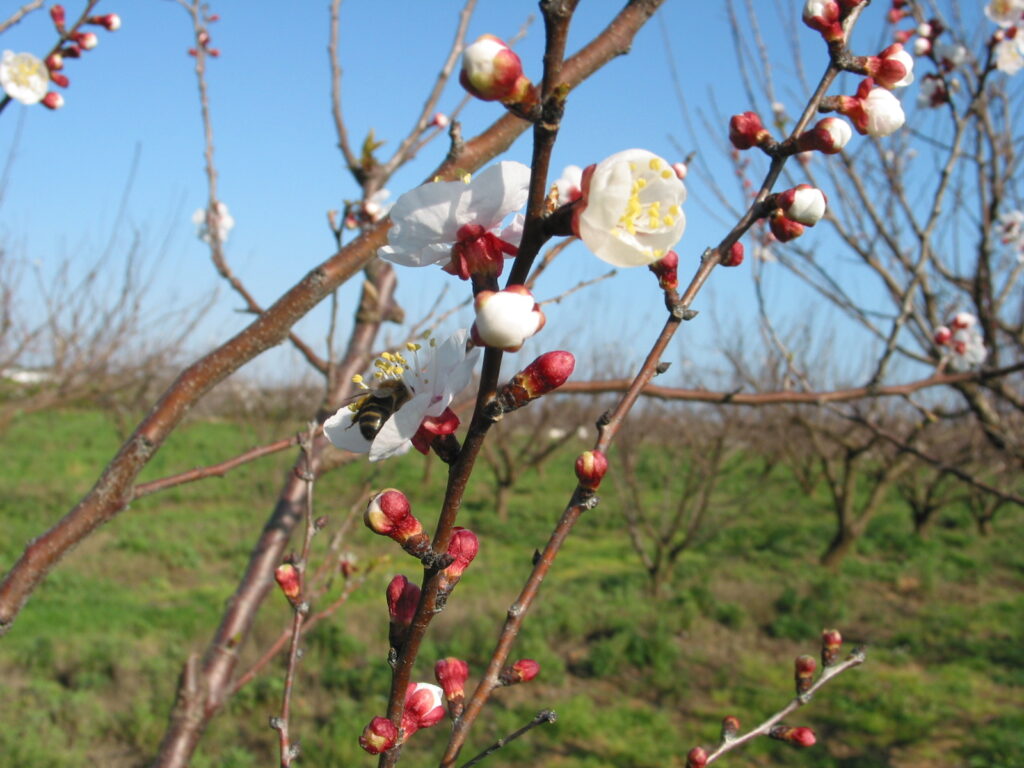
«We, contrary to what we did in the other project, want to go into the field, this first year, only from spring onwards, when we can start to see a plum, an apricot, a pear. Because that way we identify more material, which we are going to reference so that, next winter, we can harvest and graft it».
«This year, we are going to locate the material, find out where it is. Next winter we will collect the material. In principle, we either root directly or graft. Then we plant in 2024 or early 2025», reinforces António Marreiros.
For this, the participation of those who have older plum, apricot, quince and pear varieties is fundamental.
«Right now, what we want is for people who have this material to send us the information. Like: I have a plum of an old variety there, which dates back to my grandmother's time », she explains.
«If you have old fruit trees, just send an email to [email protected] or [email protected], with your contact details. When the time is right, we call the person », she adds.
If you prefer, you can also contact DRAPAlg at 289 870 700.
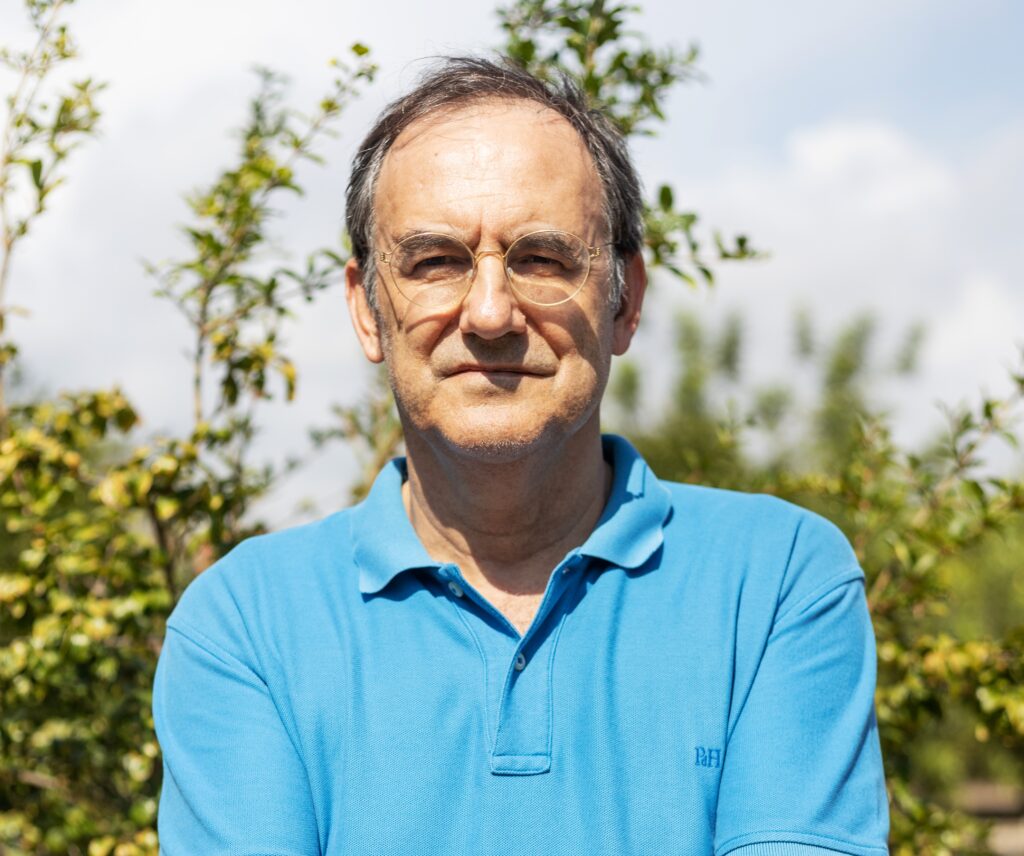
The perspective of António Marreiros is that people collaborate, not least because past experience reveals that «people normally give up material. When we did the other prospecting, about eight years ago, everyone gave in, everyone was willing to give up the plants».
«People like it, because they feel that someone is going to take care of what is abandoned and that they see that it is about to be lost», he believes.
Following the installation of the first fruit collections in Tavira, «after a few years, we took the people we could find there, to show them where the varieties they had given us were. It was one of the most rewarding days I've had».
«We gave a small certificate, saying that a certain person had given that variety. It was a fantastic thing, people were delighted. And when they saw me, they asked: how is my variety doing? », she recalls.
For now, at a stage when the project is still being publicized, there have not been many contributions, but the name of «some materials, namely a small red plum that exists here, called Santa Rosa or Santa Rosinha, as well like a St. John's plum».
«What we hope to find more are varieties of plums and pears, because apricot is a tree that lasts less time and, probably, we will not find much».
The new collections will be installed by September 2025 on a plot of about one hectare, located “next to the collections of loquat, pomegranate and apple trees. Funding comes from the Recovery and Resilience Plan, under the broader project of the Polo de Inovação de Tavira».
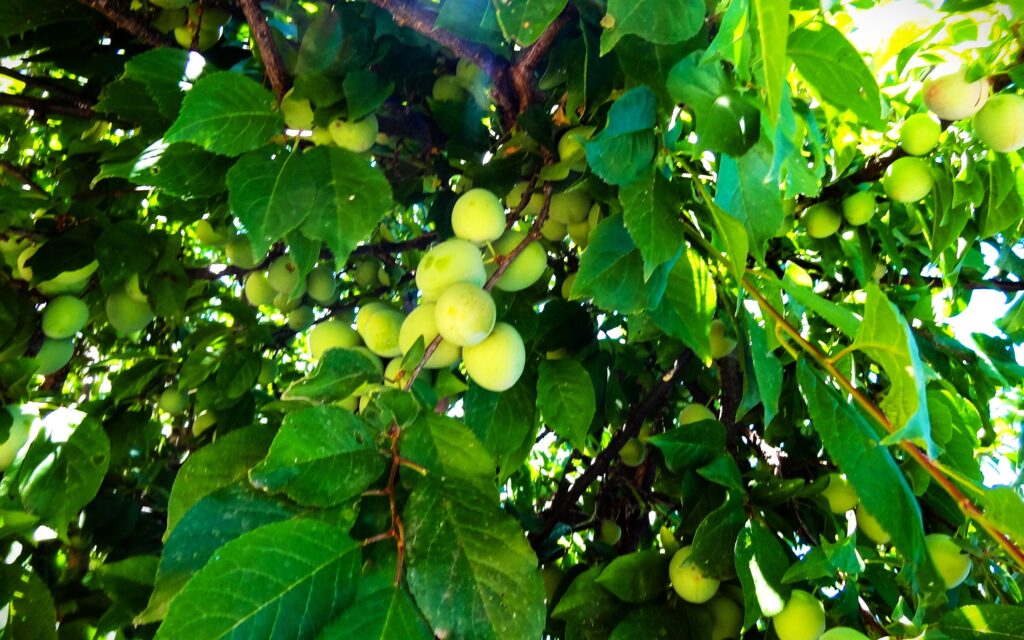
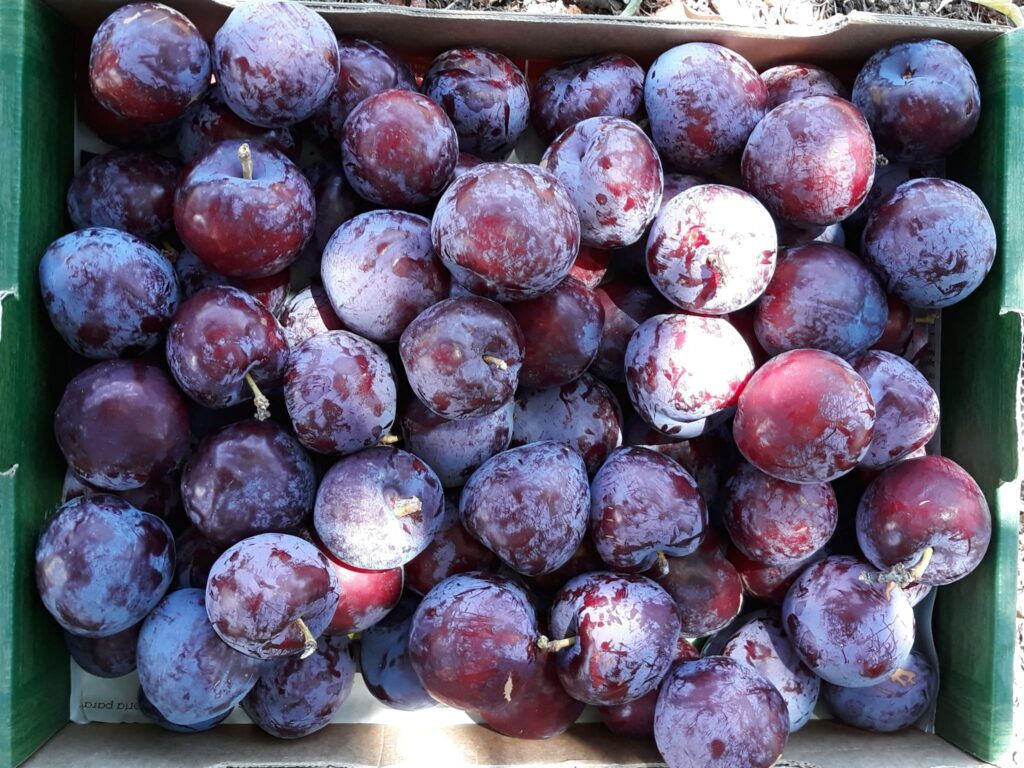
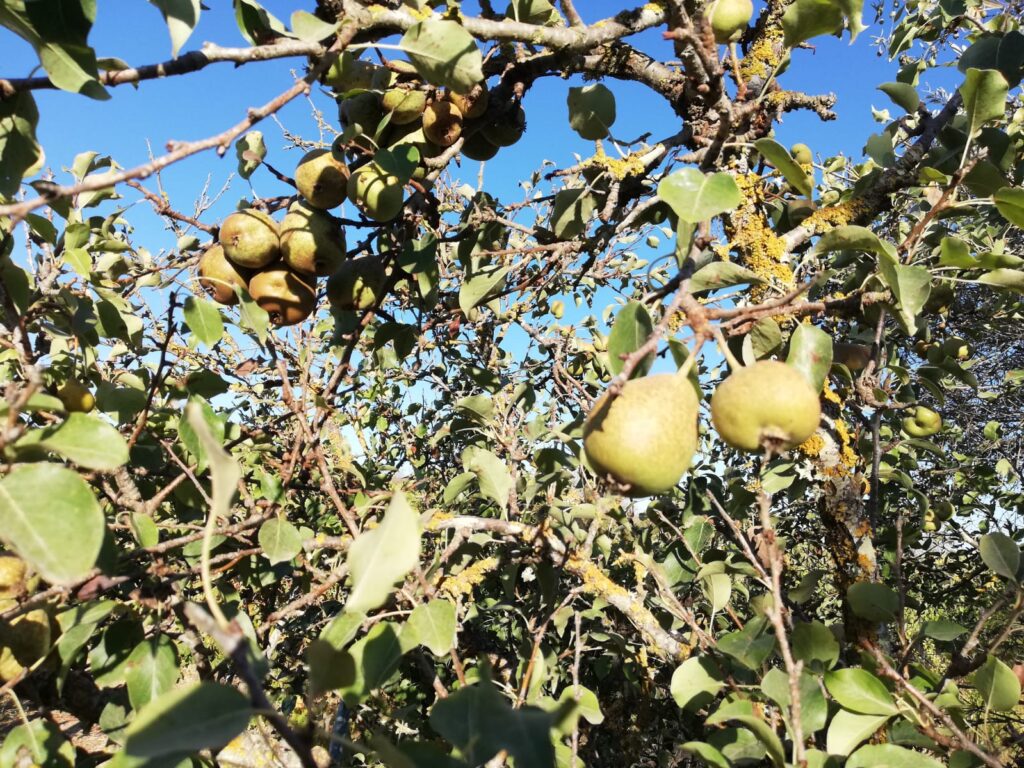
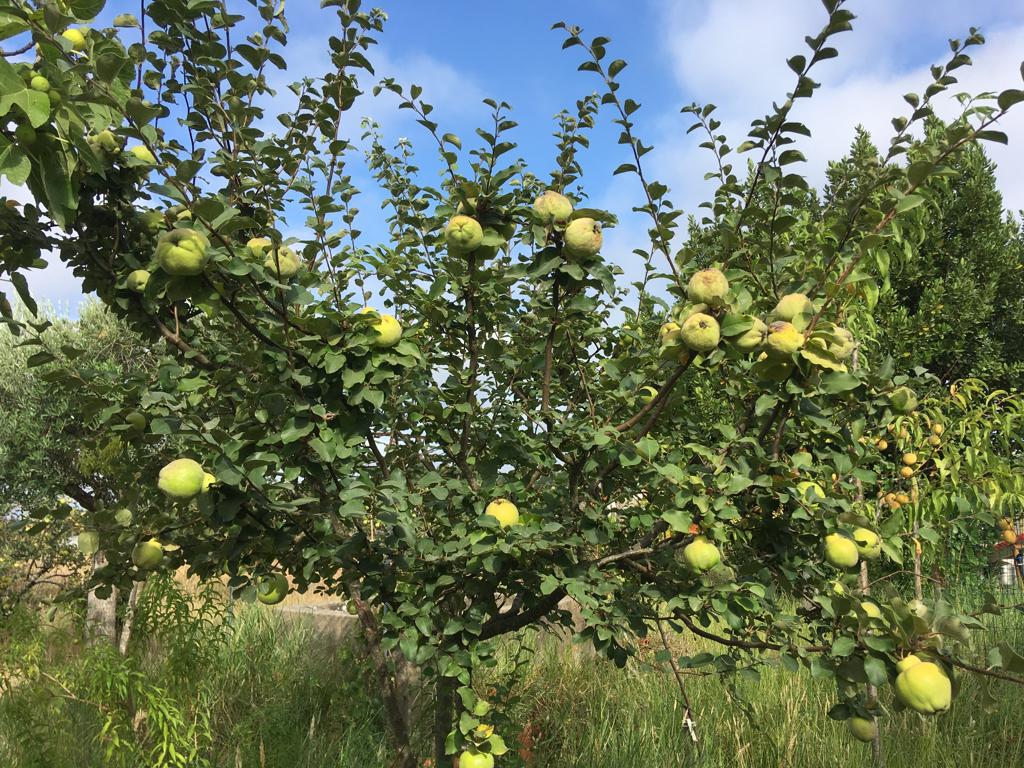
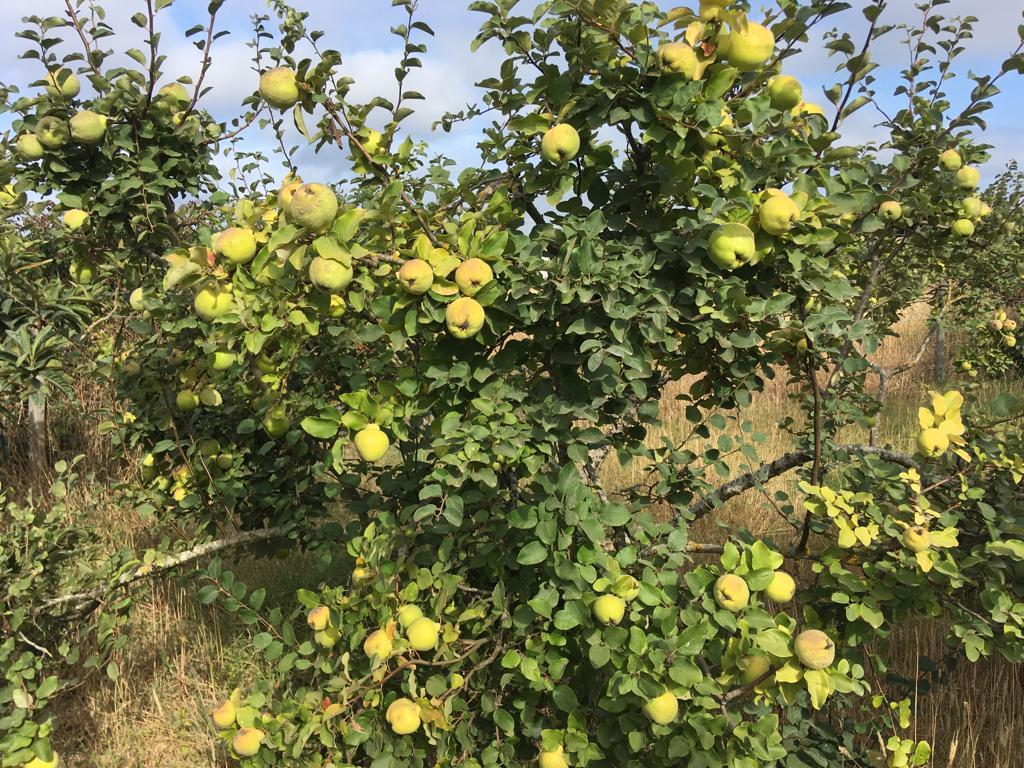
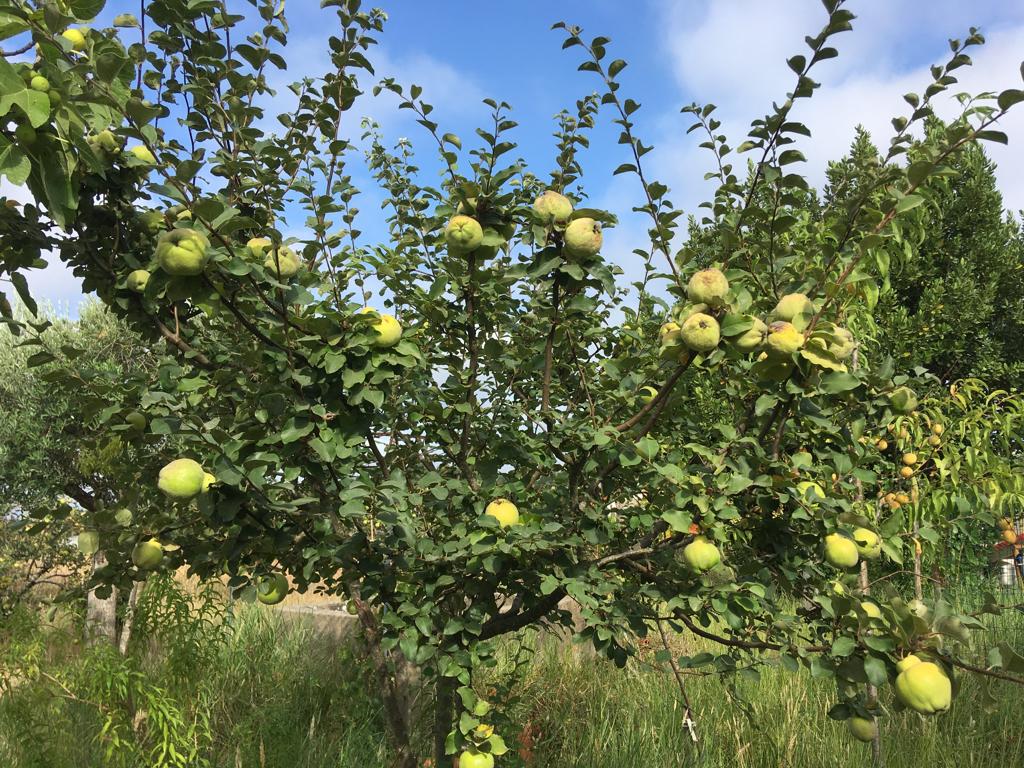
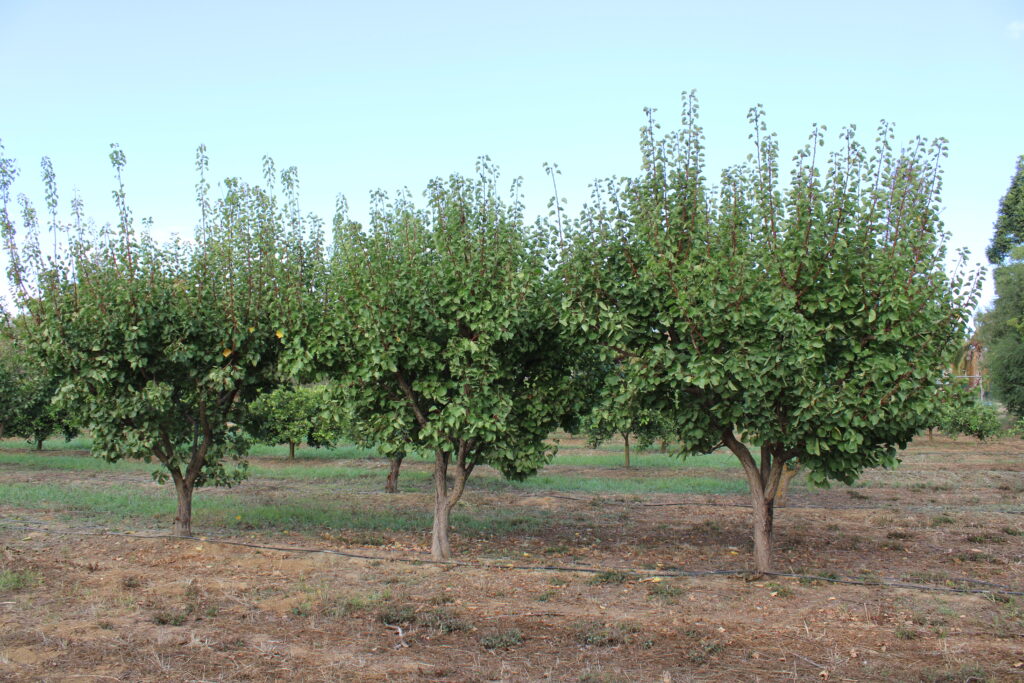
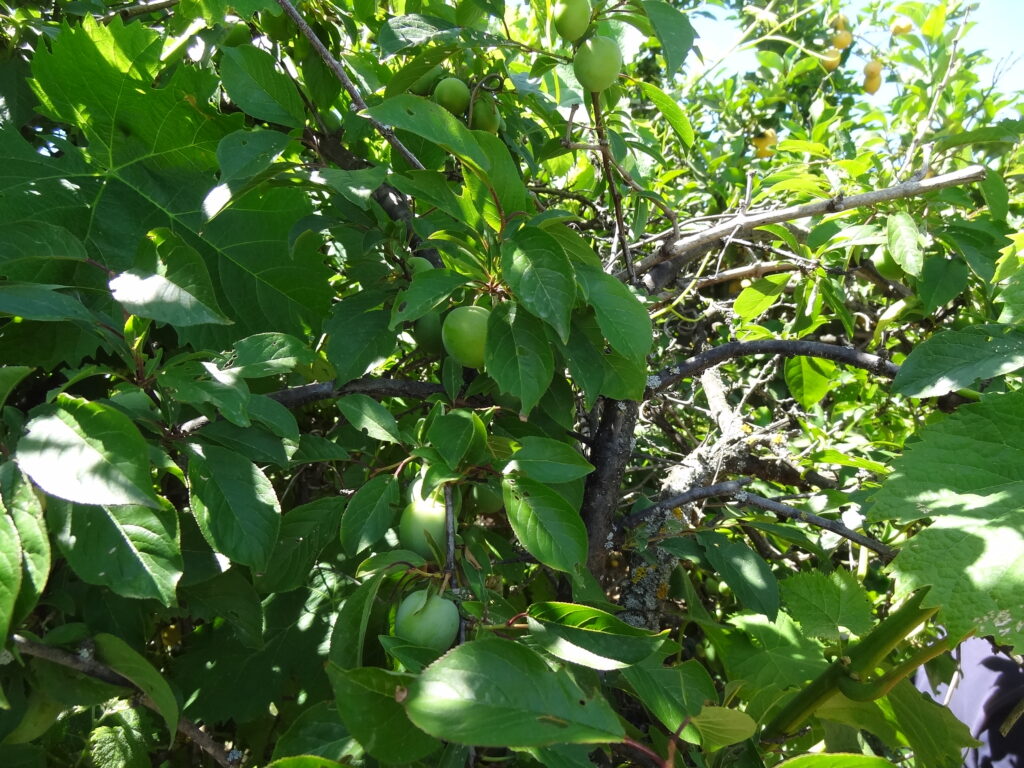
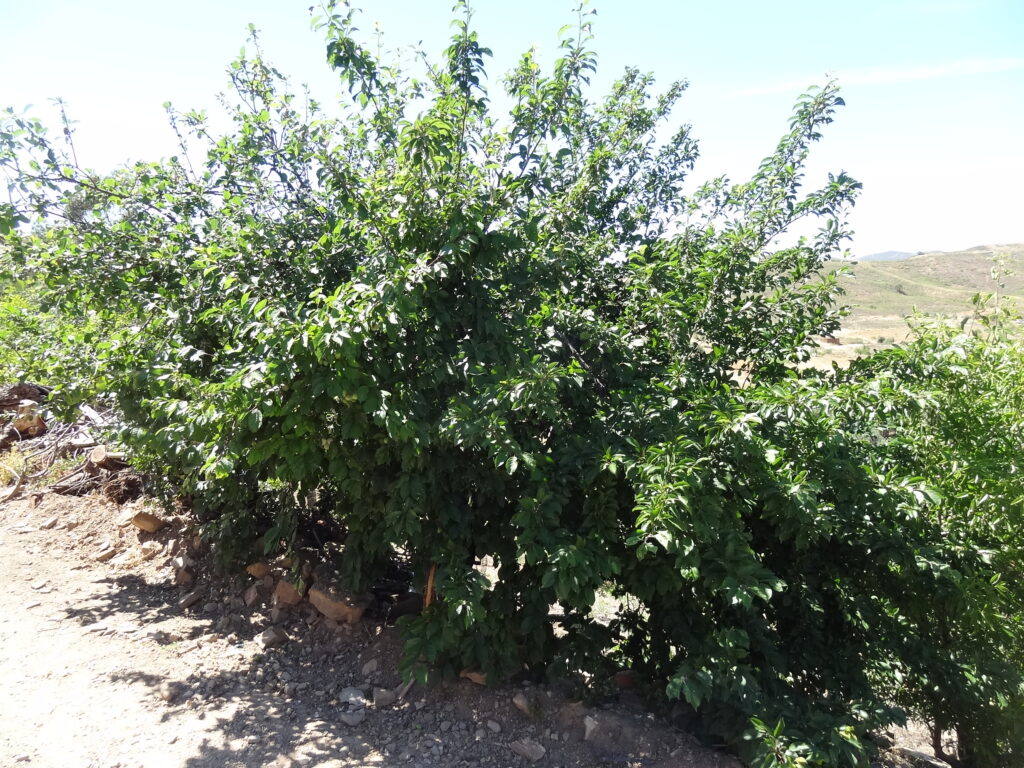
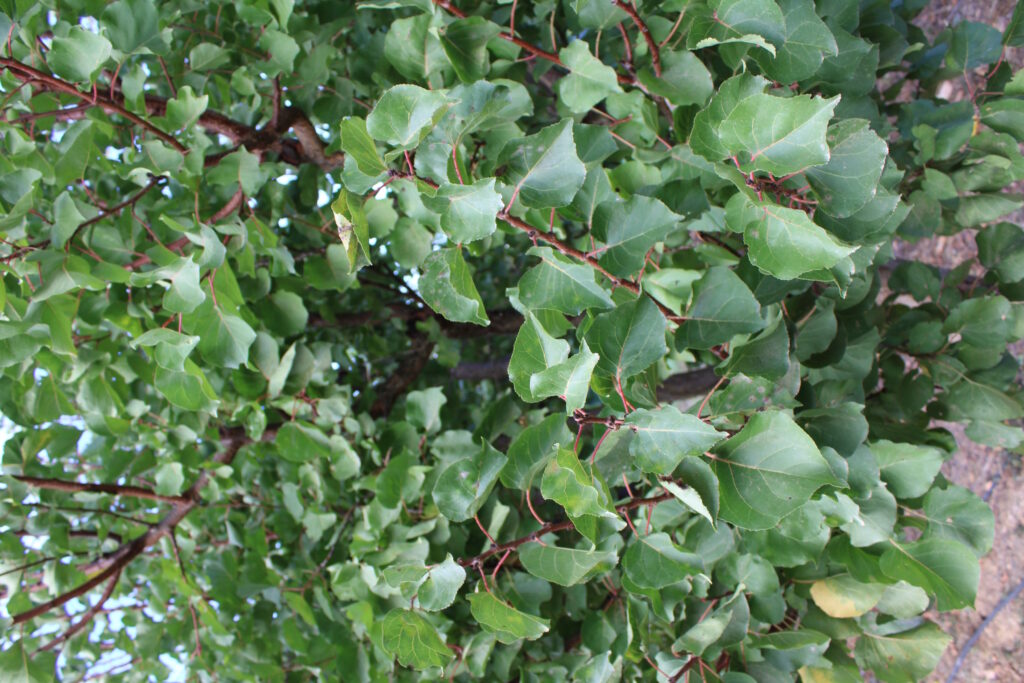
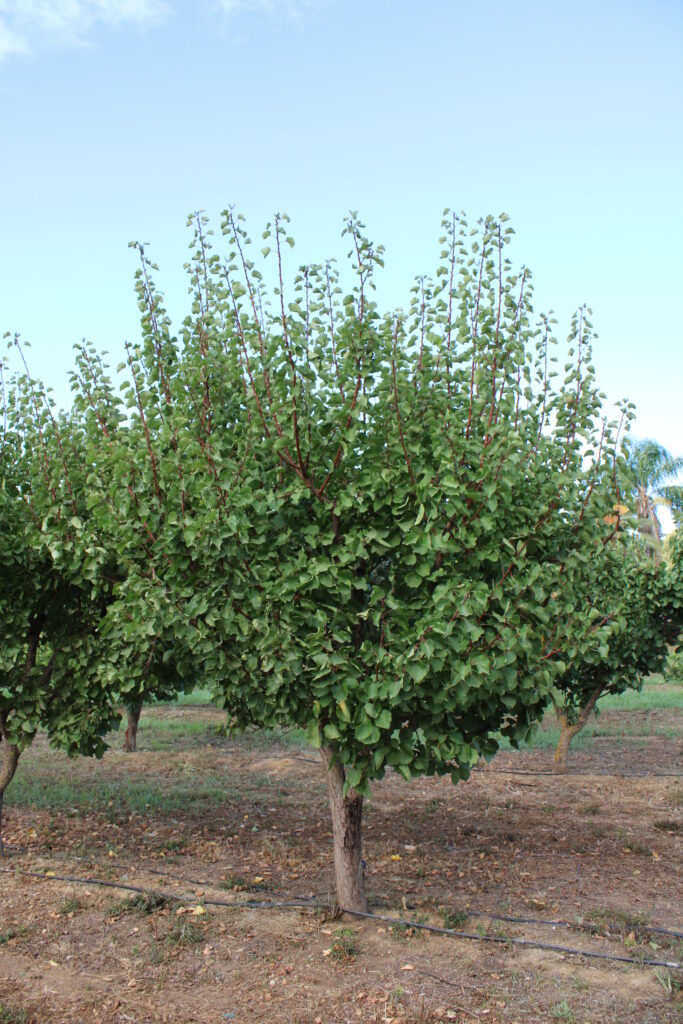
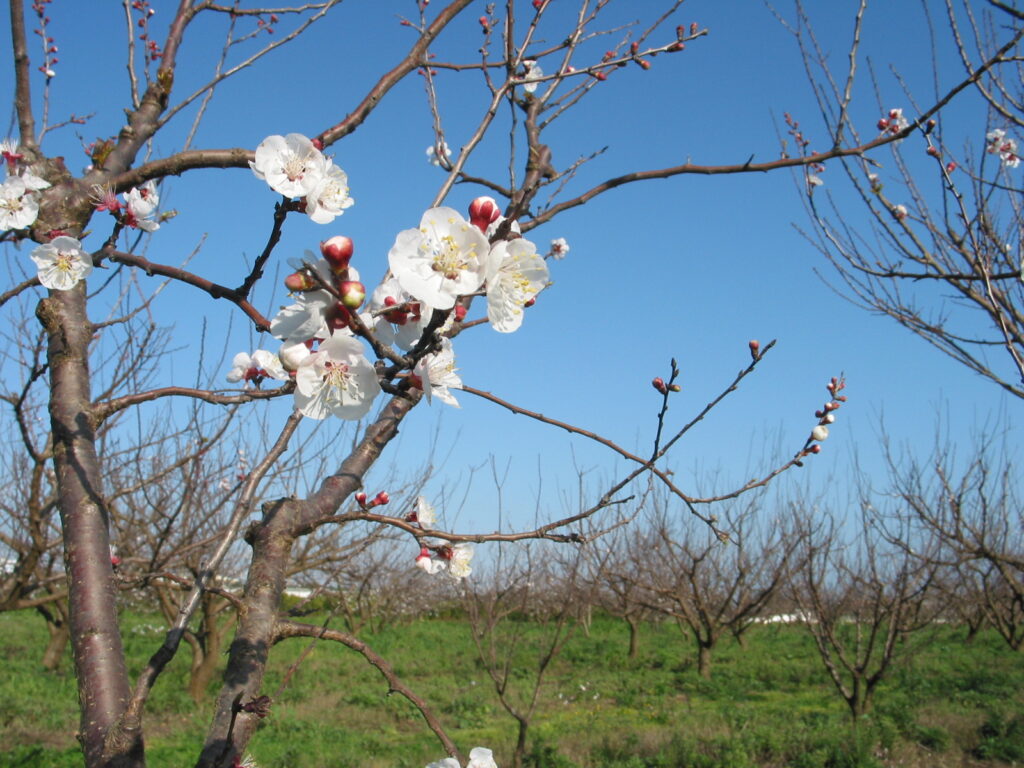

















Comments